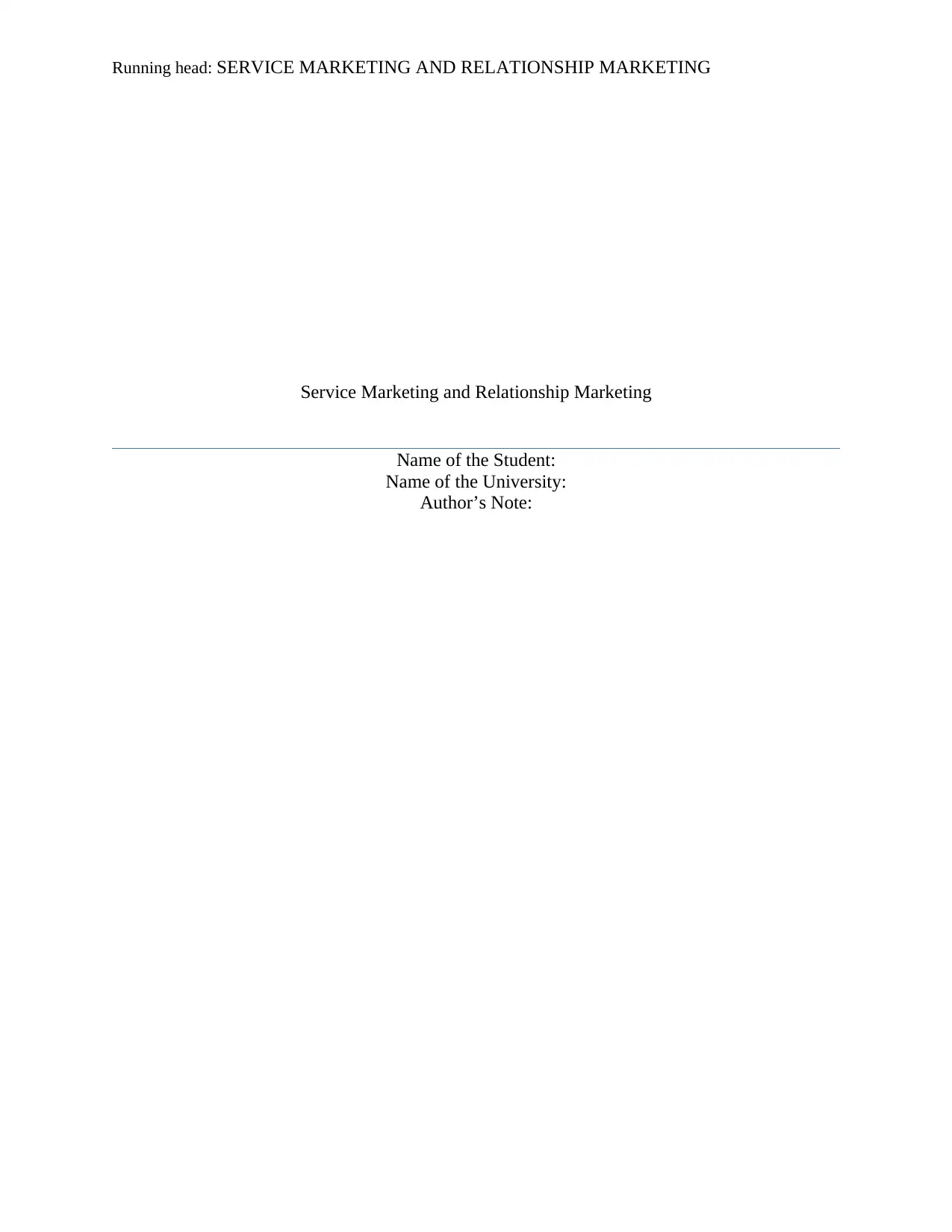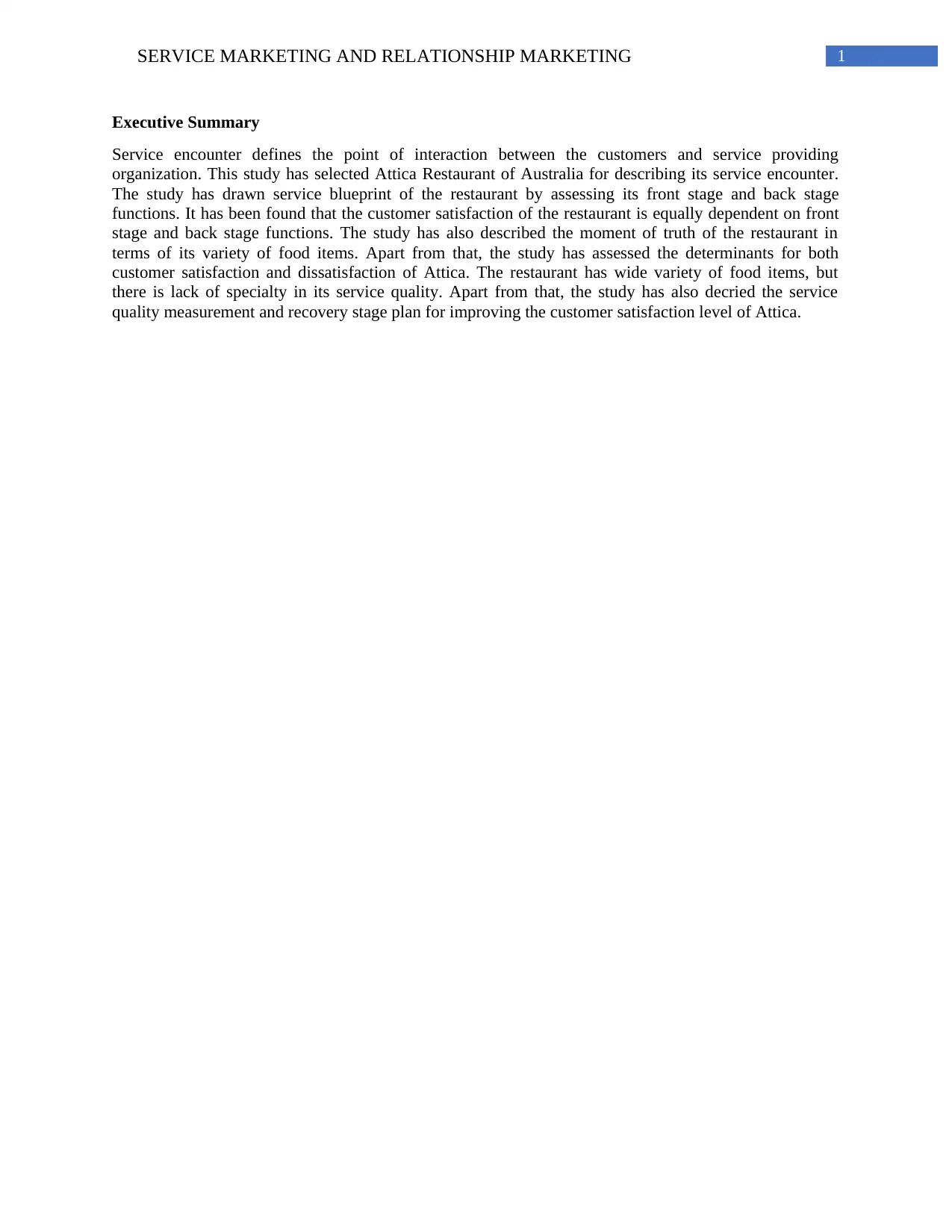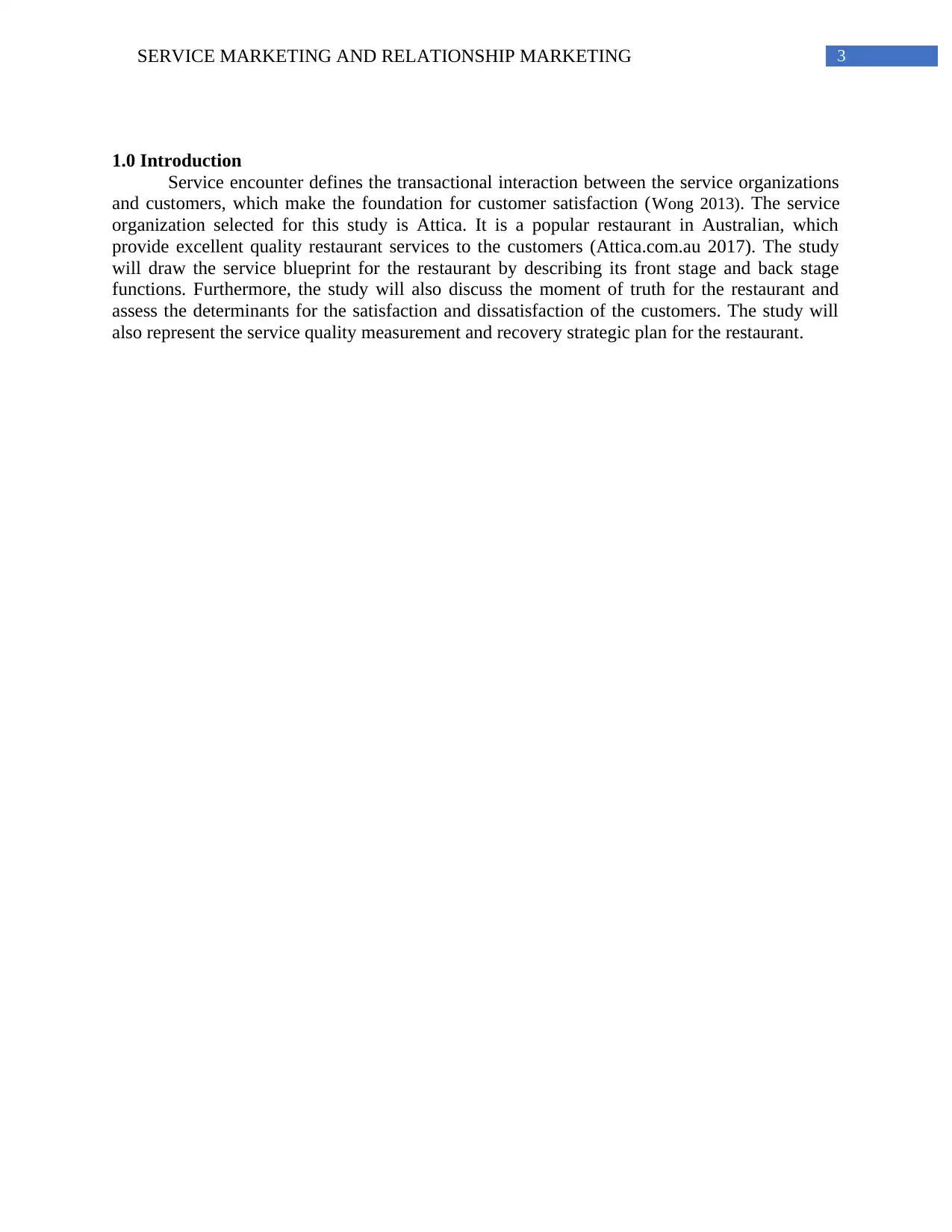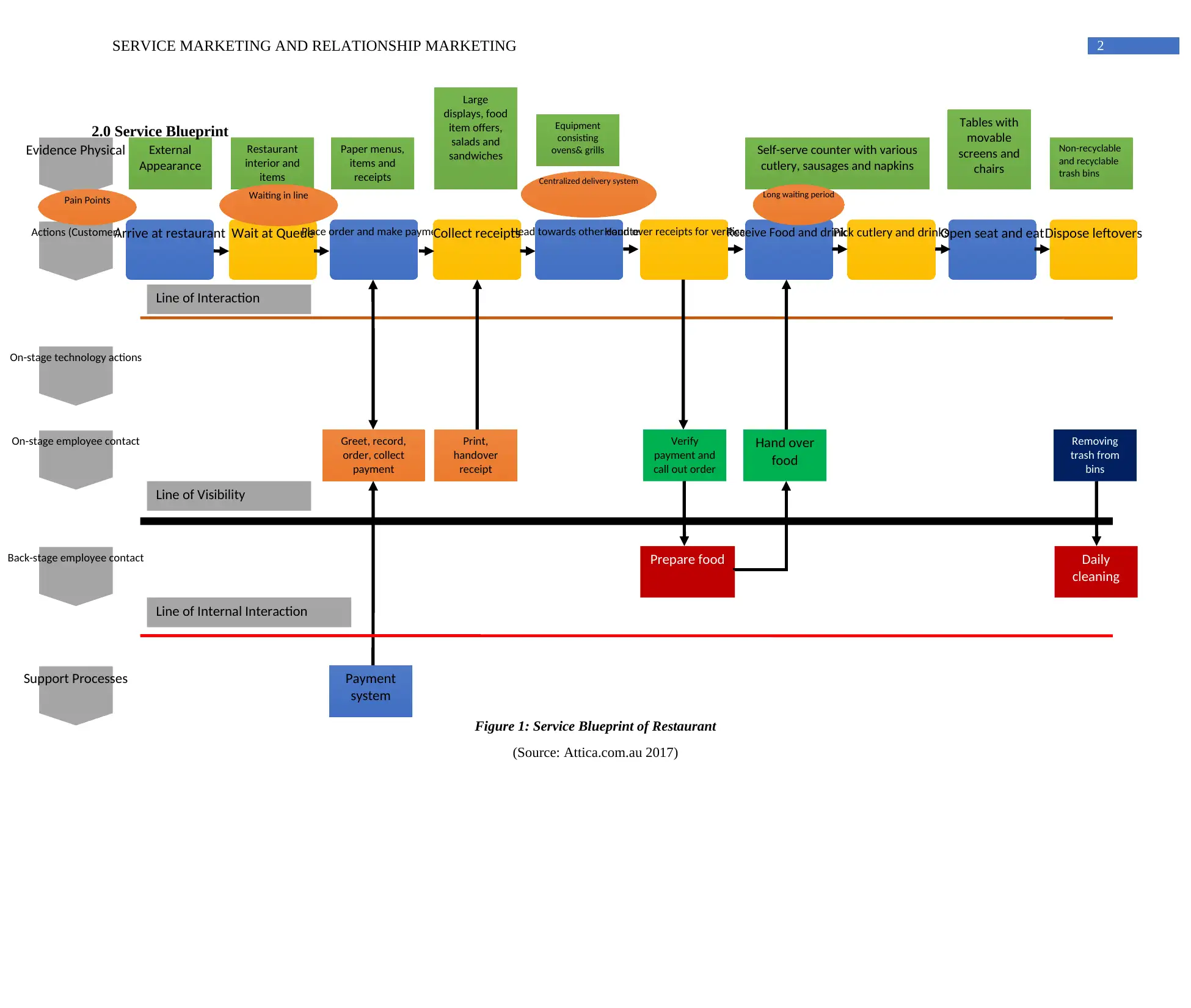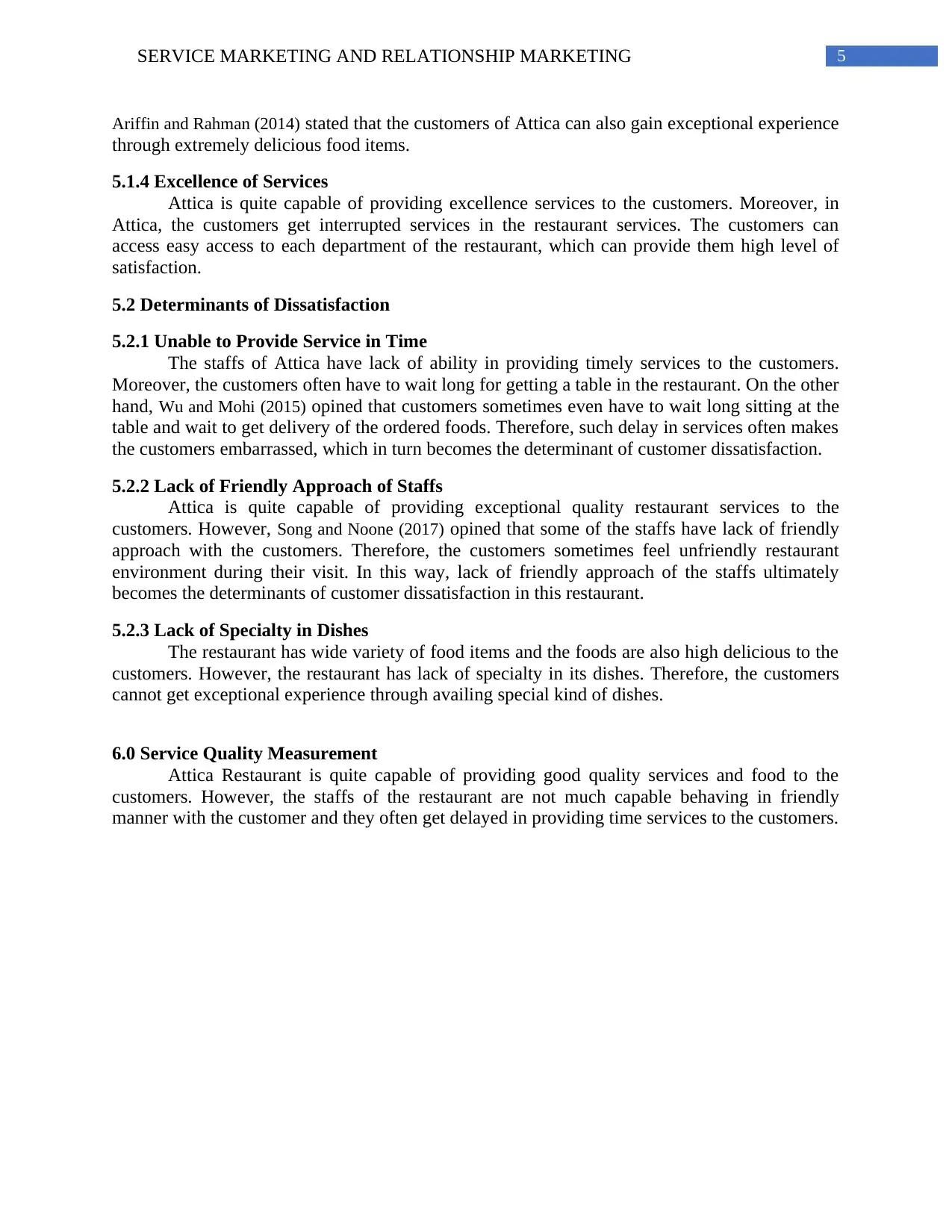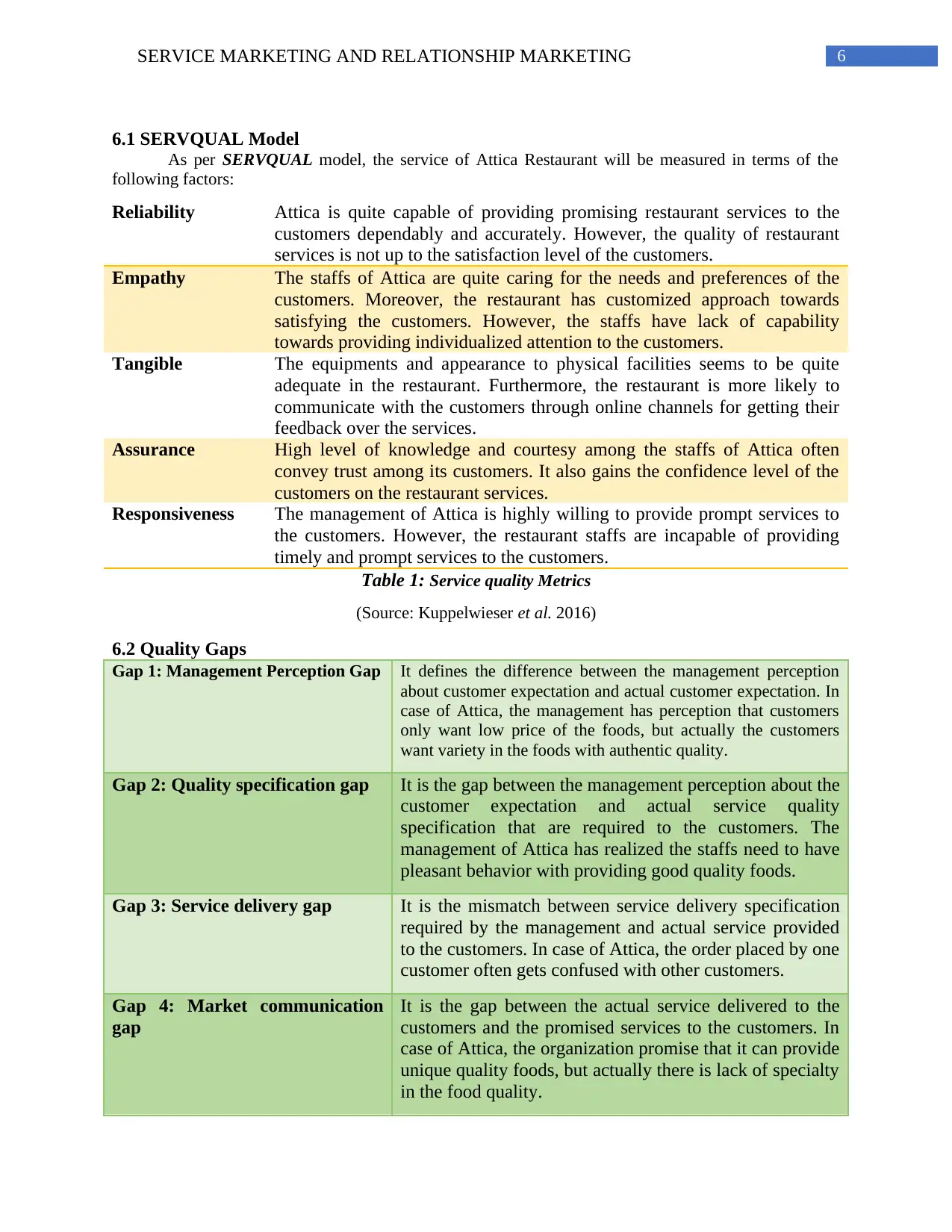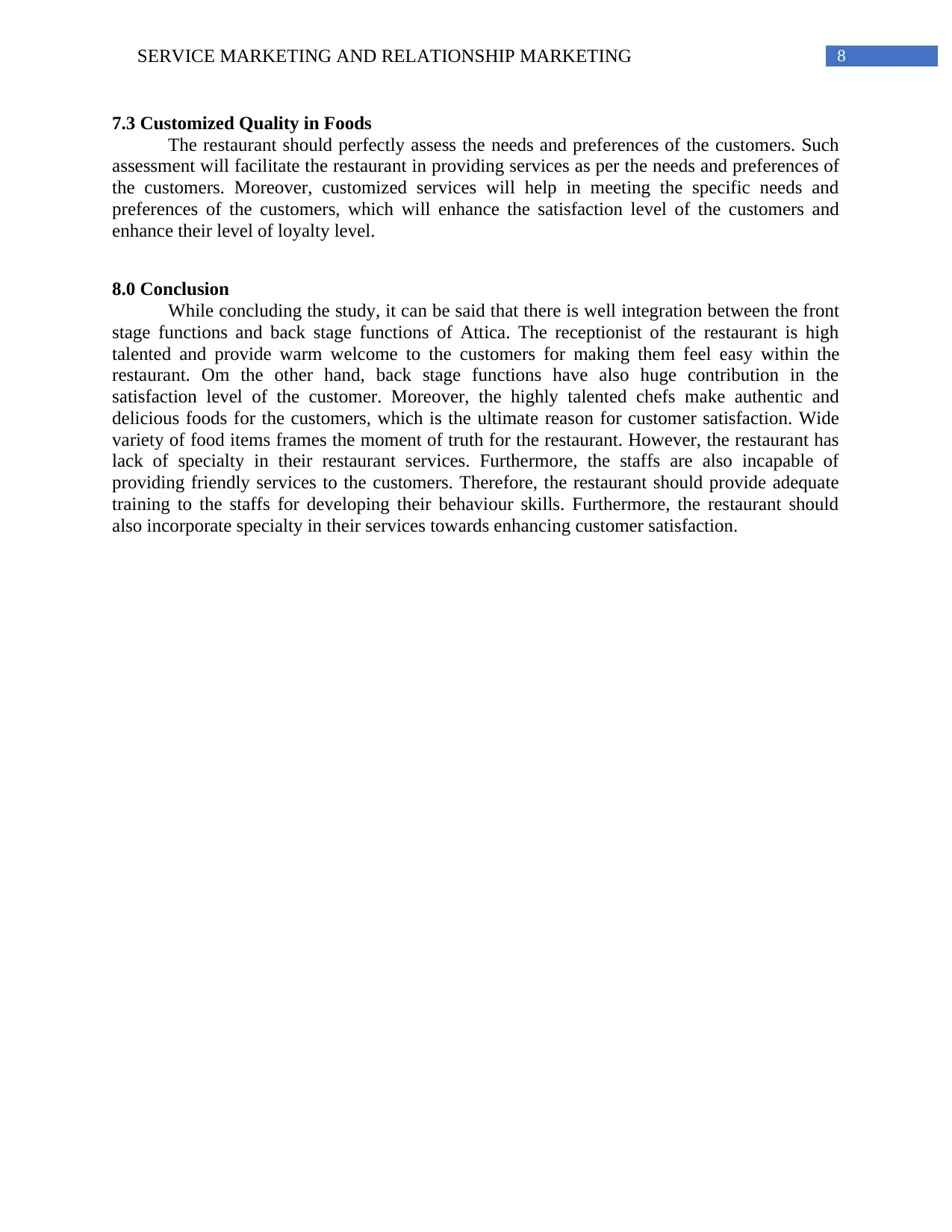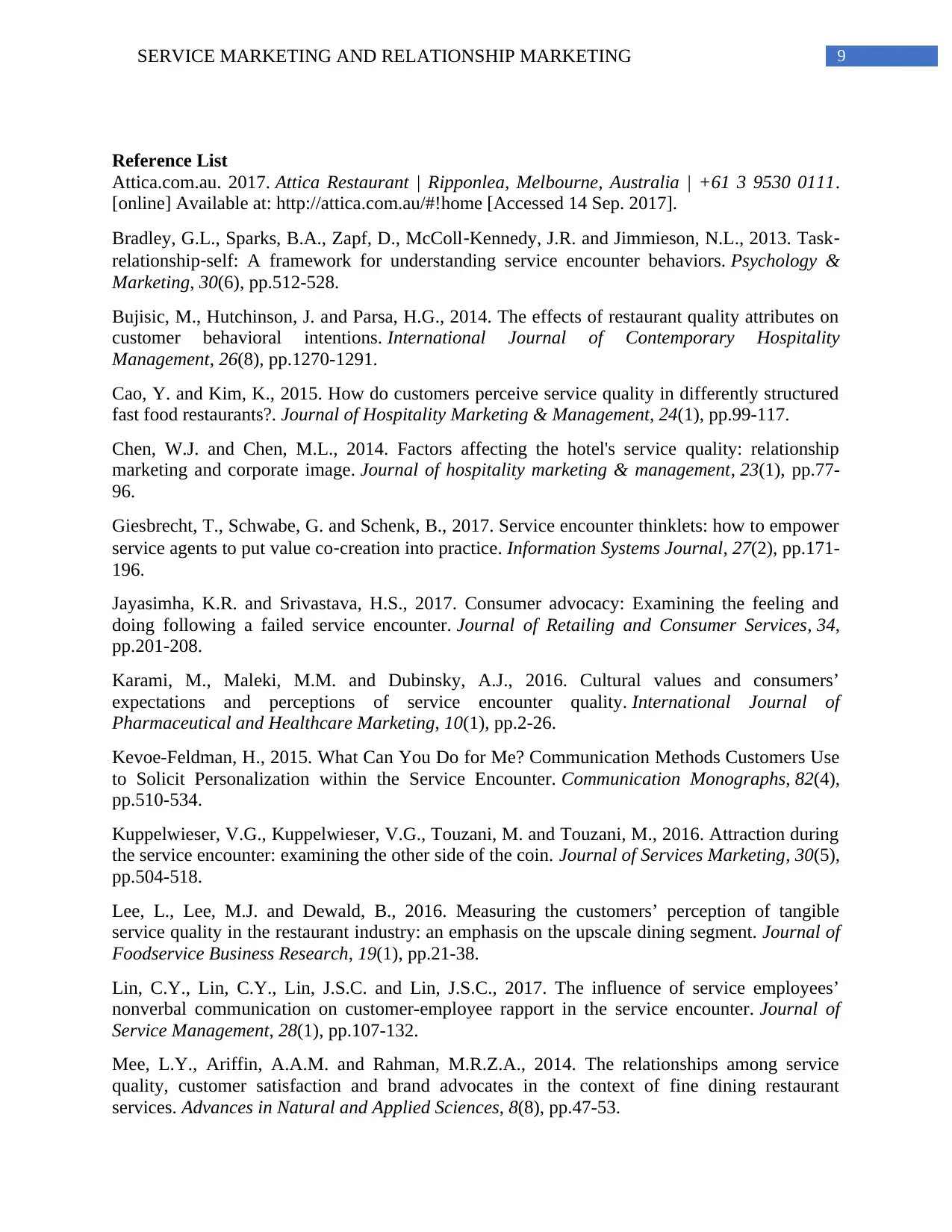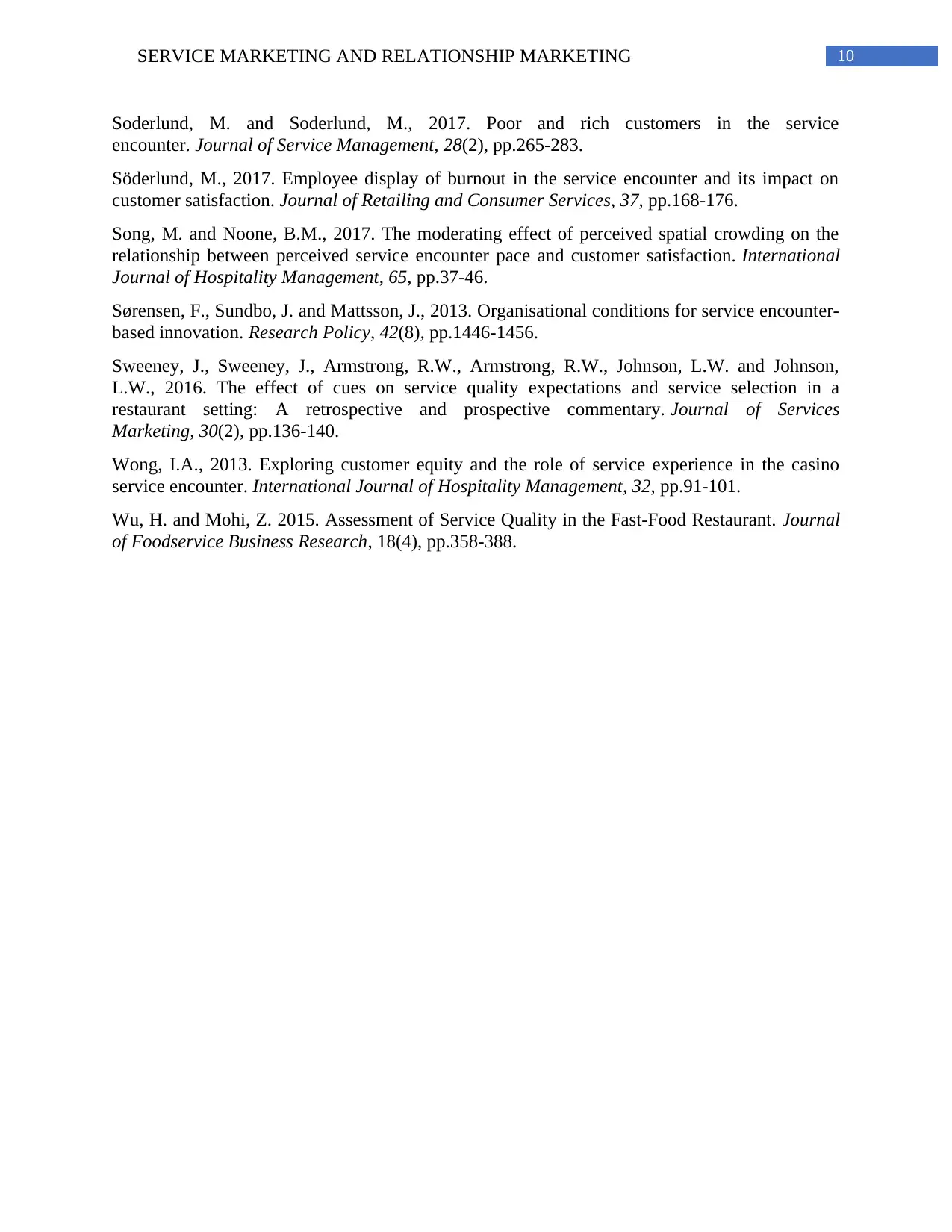The provided content comprises a collection of research studies and articles that focus on various aspects of service encounter behaviors, quality attributes, and customer expectations in the context of hospitality and tourism industries. The studies explore topics such as task-relationship-self framework, restaurant quality attributes, fast food restaurant service quality, hotel service quality, corporate image, service agent empowerment, consumer advocacy, cultural values, personalization, attraction, tangible service quality, nonverbal communication, customer-employee rapport, brand advocates, and employee burnout. The findings of these studies offer insights into how service encounters can be improved to enhance customer satisfaction and loyalty.
![[object Object]](/_next/static/media/star-bottom.7253800d.svg)
![[object Object]](/_next/static/media/star-bottom.7253800d.svg)
